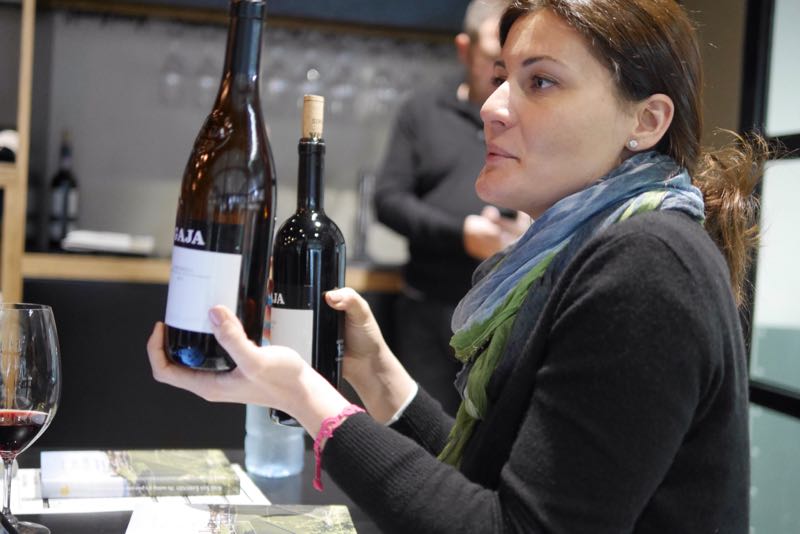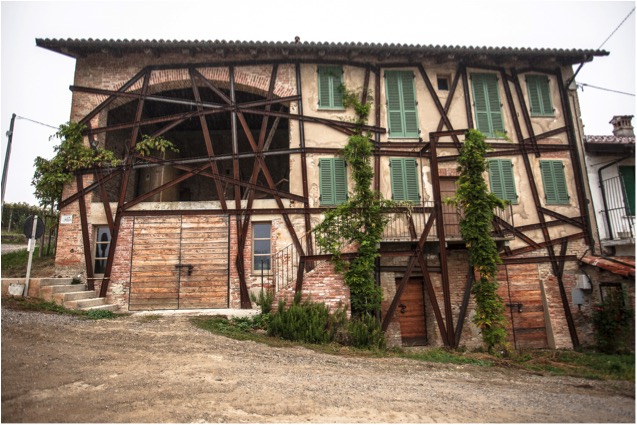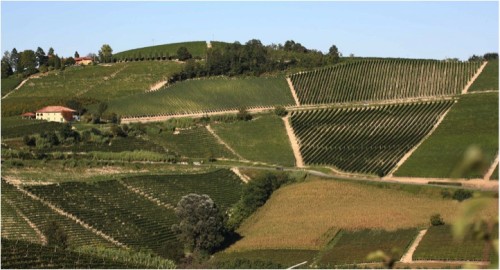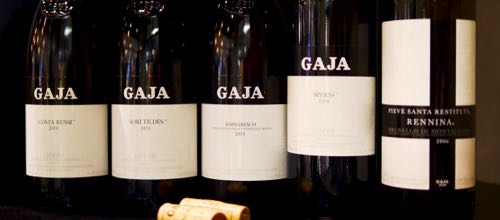Gaja is at once both one of the world’s wine icons and a controversial winery bucking “traditional wisdom” often being the trend setter rather than the follower. For me, it’s a sign that the Gaja’s have passion, focus, and, that they are pushing the boundaries.

Over the last six months I’ve drunk Gaja’s wines from over 5 decades of production. One thing has been clear, they are evolving and pushing to make the best wines they can. This evolution has not been insulated from changes in the wine world. Historically, across the world’s greatest wine regions, think Barolo, Barbaresco, Burgundy, Tuscany, traditional winemaking has been interrupted by curiosity with the potential of new world winemaking techniques. Gaja has not been immune from this trend, use of high levels of new oak has being the most obvious example. Something I’m glad to say has been tempered in recent times.
History
Gaja has a long history stretching back to it’s very beginnings in 1859. The transformation from an largely unknown winery in a region, not valued by consumers to one of the worlds most famous wineries in a very special region certainly didn’t happen overnight.
Gaia Gaja shared with us the history of Barbaresco, the Gaja winery, the challenge of establishing recognition for the region and what the future holds. One thing is certain, the Gaja’s aren’t afraid of pushing against the rules, some rules are meant to be broken. They have had to declassify their Barbaresco from DOCG status simply because the rules don’t fit what they believe is the best way to make their wine. With a nifty slight of tongue, Gaia, refers to this as a reclassification. A simple example being that they tend to pick early before the permitted time for a DOCG to pick. Why because higher vine density, lower yield per vine, flavour ripeness earlier, better natural acid etc. If they waited they could have DOCG, but, they would not be giving their fruit the best opportunity to shine.
What Separates Exceptional Wineries?
When you look at the great wine producers of the world they often have many things in common. Two of those being passion and continuity.
Passion just makes sense. Continuity well that’s a challenge. Good vignerons are always looking at their wines and vineyards, trying to make them yummier, healthier, more balanced, often by doing less, but, doing it better. Having the knowledge of the past, interrogating trends to find often simple ways to improve is critical. Seeing a vineyard in cool years, hot years, observing the little patch of vineyard that is not performing and nurturing it. Some wineries employ precision agriculture with high-tech imaging of vineyards, others, the eyes of trusted colleagues who have worked with them for decades. These eyes come to know each site, each vine and tend to them like they would a child. This philosophy has given them an intimate understanding of their terroir.
This is precisely the reason Gaja only employ permanent staff. Like many of the world’s great estates Gaja shifted from buying fruit to supplement production to buying and controlling great sites. In the early years as the Gaja Estate expanded, they were forced to purchase old run down houses with vineyards. Over time these have been restored and are now offered rent free to their staff.

The Challenges for the Future
There’s one trend that everyone in the wine world has had to address recently. Every time I catch up with a grape grower or winemaker I always ask what are you working on. Increasingly the response is “Managing climate change”.
Gaia explains the impact of climate change as helping them achieve greater consistency from year to year. The challenge being resultant higher alcohol and pH, with lower acids, fuller riper wines. Now instead of worrying about getting fruit ripe, they worry about sugar accumulation racing ahead of flavour and tannin development producing out of balance wine. On the upside it has opened up opportunities, the grape bunch stalks are now ripening allowing their incorporation into wine, adding tannin, spice and perfume.
The focus has been on rebalancing in the vineyard to meet this challenge. They’ve put money behind their beliefs and are adapting to change by experimenting. They’ve hired half a entomologists (insect gurus) & horticulturist (plant gurus and more) seeking to disrupt their thinking. Not necessarily taking direction from them, but, pushing themselves to use this knowledge combined with their wisdom, gleaned from over 150 years of tending the land to develop their own approach.
Biodiversity – Flowers, Bees, Trees
Looking after soil health, moisture levels and temperature
They have replaced direct fertilising using manures, with composting. Composting stalks, vine cuttings, used grape skins and manures allows the worms they’ve imported from America to further process organic waste and add nutrients through their microflora. An approach that has been used world wide with success. Just like your very own garden they’re mulching to cover crops to insulate the soil from the heat of the sun and retain moisture.
They’re looking to take a natural, yet, pragmatic. Considering technology, balanced with minimal intervention. Perhaps one of the most radical changes at least in terms of effort has been changing the row orientation at some sites in order to reduce direct impact of sun on the vines.
My lasting thought was that it takes time for a vigneron to understand their sites. Sometimes it takes just as long to convince the consumer of what the vigneron is trying to achieve.
A couple of Wines from the Session
Costa Rusi had a real elegance vs the masculine Sori Tilden masculinity. Again highlighting the difference small differences in vineyard location can make to the personality of a wine. Both sites are in the image below. Sori Tildin top right. Costa Rusi lower left.












You must be logged in to post a comment.